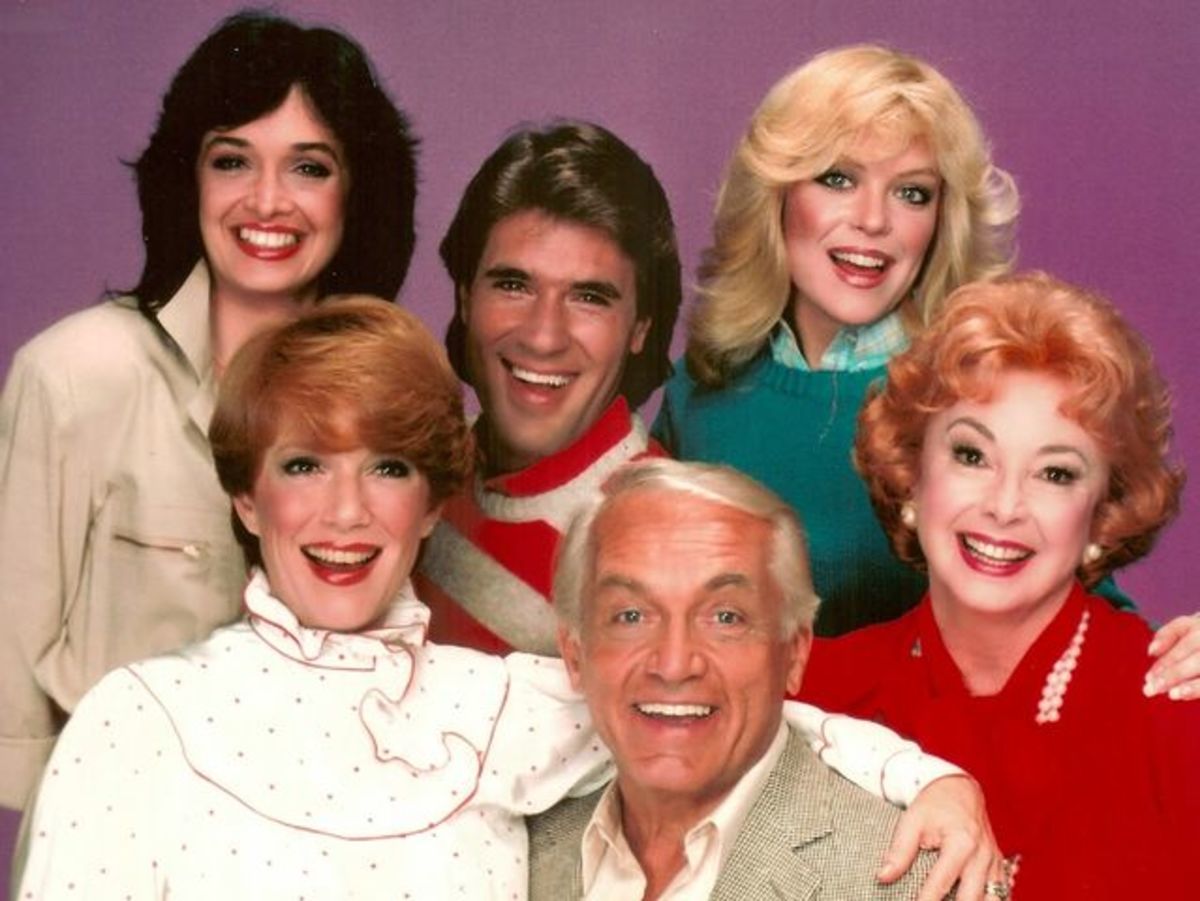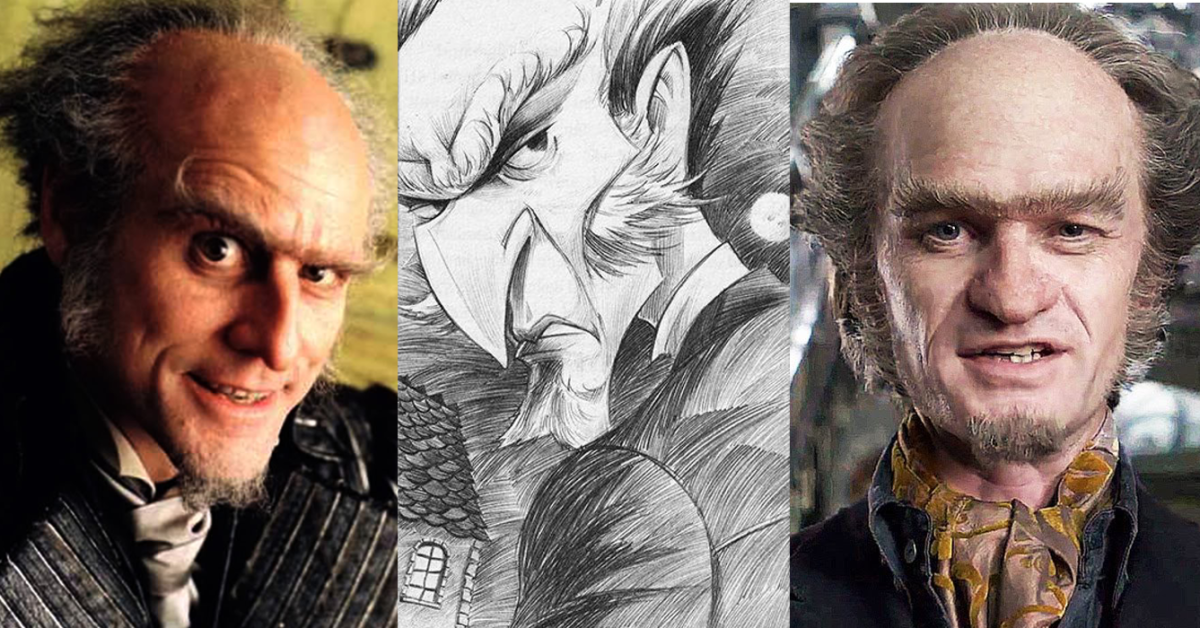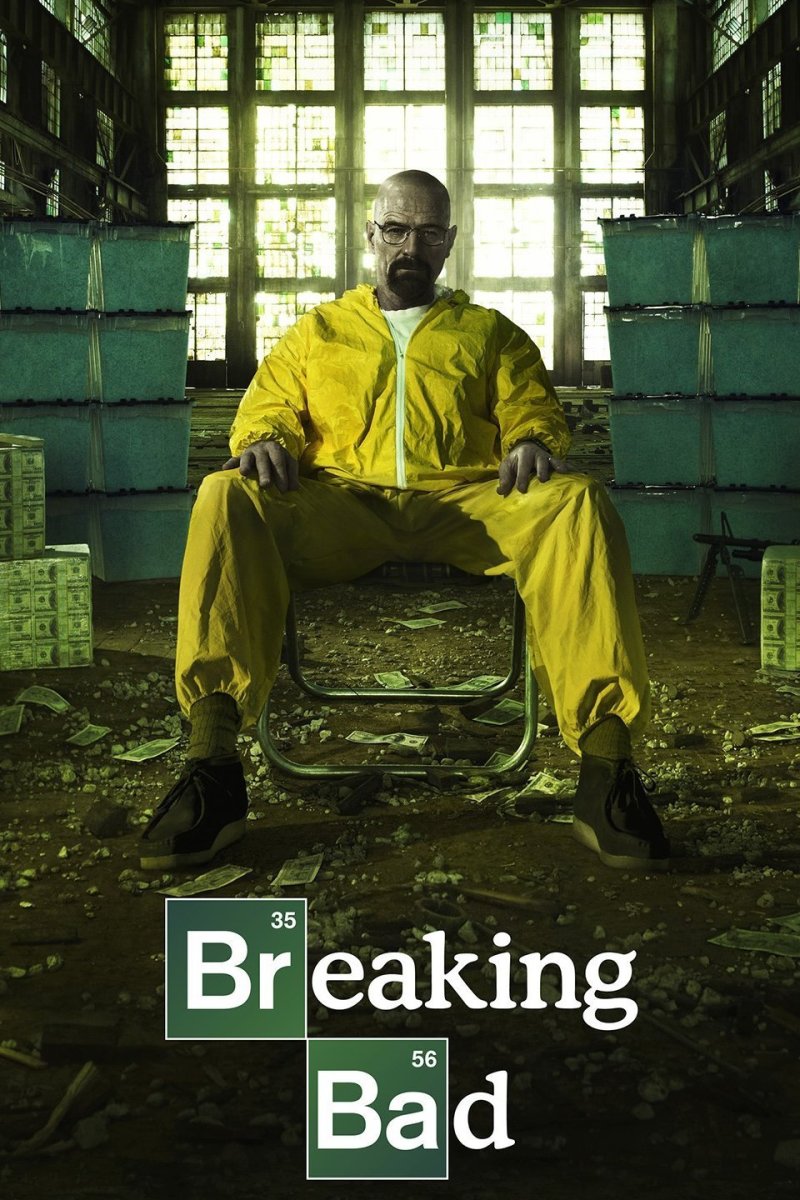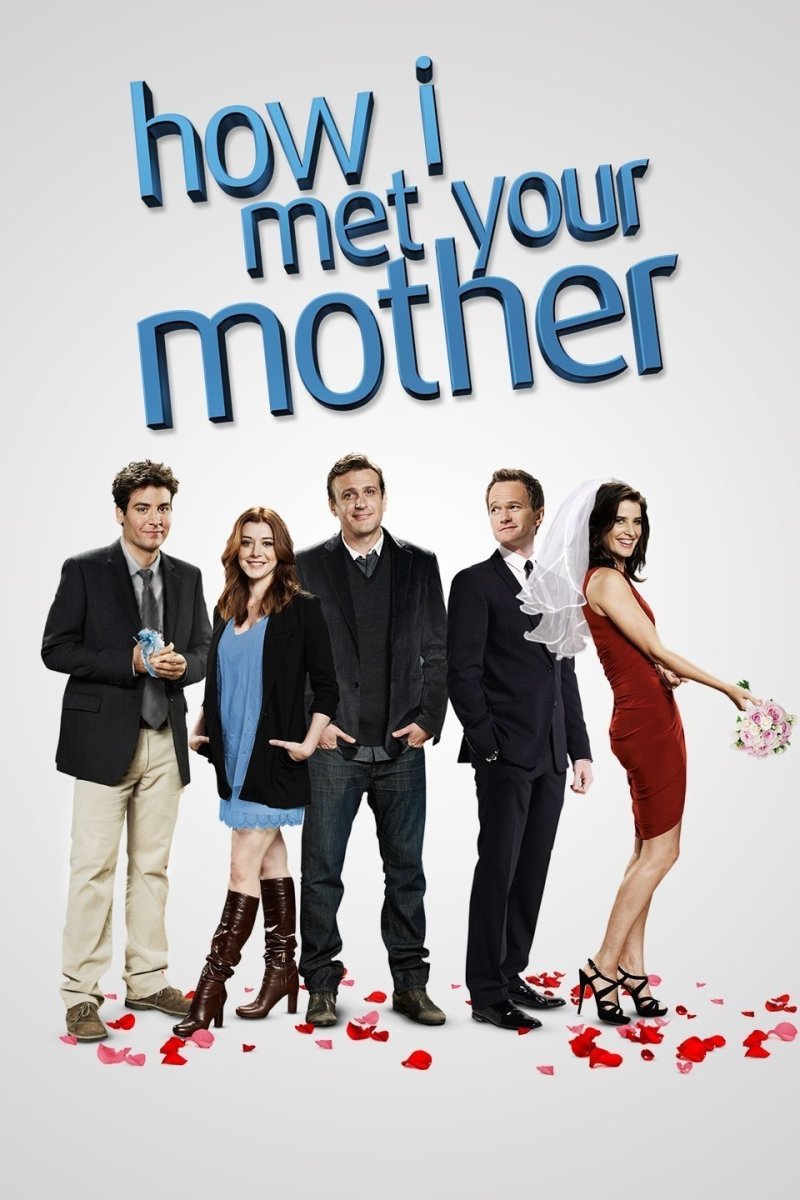"New Amsterdam": Doctors are Humans
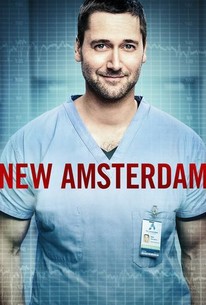
The Netflix series New Amsterdam, inspired by Dr. Eric Manheimer's memoir Twelve Patients: Life and Death at Bellevue Hospital, offers a compelling and often idealistic look at the U.S. healthcare system through the eyes of its protagonist, Dr. Max Goodwin. As the new medical director of a struggling public hospital, his mantra, "How can I help?", becomes the central thesis of the show. The series' strength lies in its ability to balance a procedural format with deep dives into the personal lives of its characters, exploring the emotional toll of their work and their unwavering commitment to patient care. While sometimes its overly optimistic approach to systemic reform, the show successfully uses its narrative to highlight the profound human impact of healthcare policy and the power of empathy.
The Name
The name "New Amsterdam" works brilliantly because it layers historical authenticity with deep metaphorical meaning, anchoring the story to the city's origins while signaling a modern mission. The title has been used for two different series (first one was a short-lived 2008 drama about an immortal detective, and the second was this medical drama which was aired from 2018 to 2023). The wordplay holds up well for both, but particularly for the medical show.
The title is not just a geographical reference; it's a thematic challenge to the status quo, drawing strength from the contrast between "New" (aspiration) and "Amsterdam" (foundation/history).
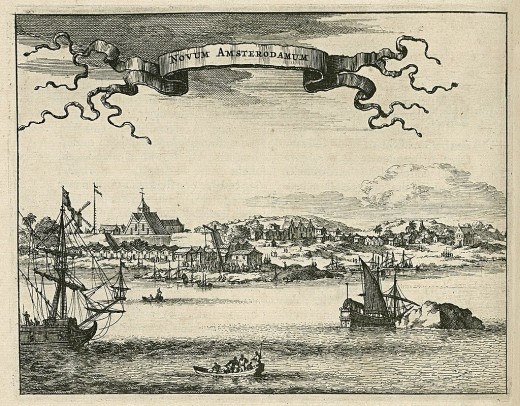
1. The Historical and Literal Anchor
The most fundamental layer of wordplay is the direct, authentic reference to the past. New York's Origin: "New Amsterdam" was the name of the 17th-century Dutch colonial settlement that eventually grew into New York City. The fictional New Amsterdam Hospital, therefore, stands on historically significant ground, emphasizing that the city's current state—both its physical structure and its medical infrastructure—is built upon this original foundation. A Symbol of Starting Over: For the character of John Amsterdam (the immortal detective in the 2008 series), the name tied him directly to the moment the city began. He was, literally, a resident of the original New Amsterdam who lives to see the "New" version centuries later.
2. The Metaphor of Reinvention and Aspiration
The word "New" functions as a deliberate modifier, setting a tone of reform and challenge. A New Beginning (Max Goodwin): In the medical drama, Dr. Max Goodwin’s famous mantra is "How can I help?" His mission is to dismantle the broken system, bureaucracy, and cynicism of the sprawling, century-old hospital and build a new one in its place—conceptually, if not physically. The title is a rallying cry for radical transformation. The Pursuit of the Ideal: The name evokes the optimism of the original settlers establishing a community based on trade and collaboration. Goodwin attempts to recapture that foundational ideal within the hospital walls: a place focused purely on health and community well-being, unburdened by the institutional baggage of the "Old" Amsterdam Hospital.
3. The Thematic Contrast: Utopia vs. Reality
The contrast embedded in the two words sets up the central dramatic conflict of the series. The Failed Promise: The original New Amsterdam settlement, like all idealistic ventures, failed to maintain its perfect vision and was eventually subsumed and renamed. The title reminds us that utopia is fragile. The hospital is constantly fighting against the forces (budget cuts, institutional inertia, personal failings) that threaten to erode Goodwin's "New" vision and drag the hospital back into being just the "Old" Amsterdam. The Fight for “Good”: The wordplay subtly suggests that the core of the fight is not just about the city, but about the "good" at the heart of the community. Goodwin (name Goodwin adds another layer of intended fate) is constantly fighting for the good that the city’s founders, and the hospital's founders, originally intended. The title “New Amsterdam” thus functions as a powerful, multi-layered dramatic device, encompassing history, aspiration, and the Sisyphean struggle for moral reform in a modern metropolis.
The Aristotelian Way
While Aristotle's Poetics was written to analyze Greek tragedies of the 5th century B.C., its core principles—Plot, Character, Thought, Diction, Melody, and Spectacle—provide a timeless framework for evaluating dramatic works. Applying this classical lens to a modern medical drama like New Amsterdam allows us to appreciate its narrative successes and understand where its idealistic goals diverge from classical tragic form.
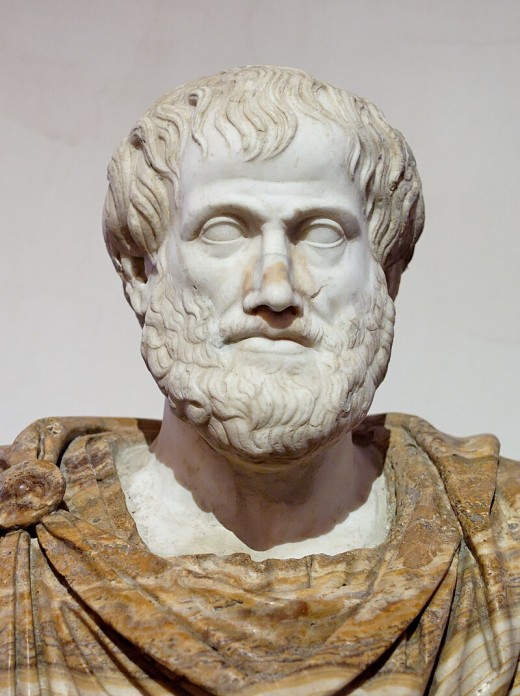
1. Plot (Mythos)
Aristotle defined plot as the "soul of tragedy," a cohesive sequence of events with a clear beginning, middle, and end. The plot must be a "whole," with events linked by causality.
New Amsterdam successfully establishes a clear series-long plot: Dr. Max Goodwin arrives at the hospital with the mission to reform it from the inside out. His core goal drives the narrative arc from the first episode to the series finale. Whereas the show often defies the Aristotelian principle of a single, unifying action. Its episodic nature means that each episode is a self-contained plot with a new problem to solve, which can diffuse the momentum of the overarching narrative, the show employs two key Aristotelian plot devices:
-
Peripeteia (Reversal of Fortune): While classical tragedy demands a tragic reversal, New Amsterdam uses it as a cyclical challenge. Max's victories, like creating a free clinic or a patient-centered ER, are often immediately followed by a reversal—a budget crisis, a personal setback, or a new systemic problem. This constant push-and-pull is the engine of the series' drama.
-
Anagnorisis (Recognition): The show is built on moments of recognition, both for the doctors and the patients. A patient's true condition is discovered just in time, or a doctor has an epiphany about a flaw in their own character or the system they operate within. These moments, while not leading to a tragic downfall, serve as the climax of each episode's plot.
2. Character (Ethos)
According to Aristotle, characters must be "good," "appropriate," "consistent," and "true to life." They should be the agents of the plot, their actions driven by their moral choices.
The show's success in this area lies in its clear-cut moral positions. Characters are defined by their virtues, and their flaws, while in present times they are often treated as challenges to be surmounted rather than sources of a tragic downfall. In a way, Max is a modern tragic hero who constantly avoids tragedy, which, while a source of comfort for the viewer, is a clear departure from the classical model. On the other hand, the characters in New Amsterdam are, for the most part, highly consistent and well-defined.
-
Dr. Max Goodwin: Max is the epitome of the "good" character. His singular moral compass guides every action, making him a consistent and predictable hero. He is an "appropriate" character for his role as an idealistic leader, a force of nature driven by his unwavering beliefs.
-
Dr. Helen Sharpe: Helen's journey is a classic arc of a character overcoming personal and professional barriers. Her actions are always consistent with her dedication to her patients and her eventual relationship with Max.
-
Dr. Iggy Frome: As the show’s moral and emotional center, Iggy's struggle with his own mental health and his empathy for others makes him a deeply relatable and "true to life" character, even if his professional solutions are often unconventional.
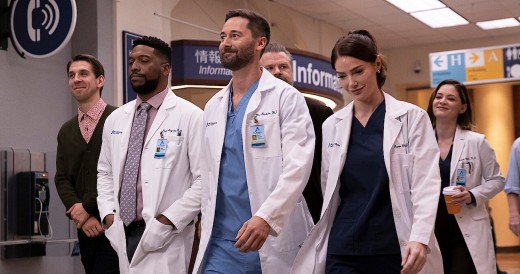
3. Thought (Dianoia)
Aristotle defines "Thought" as the intellectual element of the drama, encompassing the arguments, themes, and moral purpose. This is where New Amsterdam excels and resonates with audiences.
This is arguably the most successful aspect of the show, as it presents its moral arguments clearly and directly through character actions and dialogue. The central "Thought" of the series is a direct challenge to the for-profit healthcare model. Max's famous question, "How can I help?", is the show's philosophical cornerstone. Every episode is a meditation on this idea, exploring themes of:
-
Empathy and Human Connection: The show argues that the best medicine is often a compassionate ear.
-
The Sickness of the System: It posits that the healthcare system is a machine that prioritizes money over people.
-
The Power of an Individual: It holds the belief that one person, through sheer will and goodness, can change an entire institution.
While New Amsterdam is not a modern tragedy in the classical sense—its hero, Max, rarely suffers a tragic fate, and its endings are often optimistic—it successfully utilizes the Aristotelian tools of plot, character, and thought to create compelling drama. Its strength lies in its strong moral core (Thought) and its consistent, virtuous characters (Character), which drive its cyclical and idealistic plot (Plot). The show's ultimate success is not in its adherence to classical form, but in its ability to adapt these timeless principles to a contemporary setting, using them to create a feel-good drama that makes a powerful case for compassion in a broken system.
The Idealism
The unwavering idealism of New Amsterdam is its defining characteristic. It’s a show that operates on the belief that a good person, armed with empathy and a moral compass, can fix a broken system. From a dramatic perspective, this approach has both powerful strengths and undeniable weaknesses.
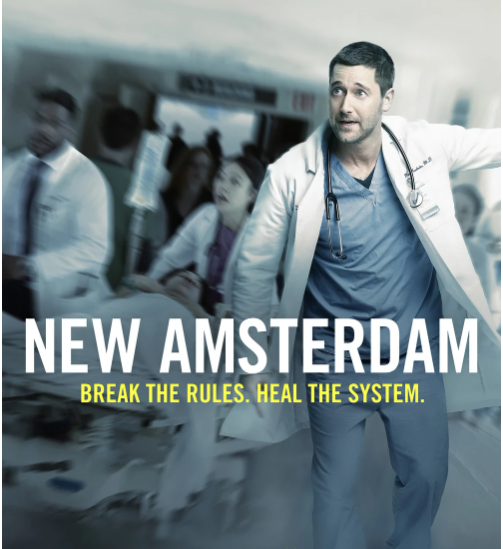
1. Strength
The idealism in New Amsterdam is a compelling force that resonates with many viewers, offering a much-needed sense of hope in a world often defined by cynicism.
-
Emotional Resonance and Catharsis: The show provides a powerful form of emotional release for its audience. We see a broken, bureaucratic system—something many of us face in our own lives—being challenged and, in many cases, defeated. Max's victories, even if temporary, are our victories. This creates a deeply satisfying sense of catharsis that is rare in modern television. The feel-good, optimistic resolutions to complex problems make the show a source of comfort and inspiration.
-
Clarity of Purpose: The show's clear moral stance is a huge dramatic strength. There's no ambiguity about who the hero is or what they're fighting for. This makes the conflict easy to understand and the stakes easy to grasp. Max Goodwin’s relentless goodness provides a moral anchor for the entire series, ensuring the narrative never loses its way.
-
A Vehicle for Social Commentary: By using idealism as its dramatic engine, the show can tackle a wide range of social issues without becoming preachy or overly depressing. The idealistic solutions it proposes—like setting up a walk-in clinic for undocumented immigrants or converting hospital rooms into housing for the homeless—function as powerful thought experiments. The show doesn't just present a problem; it dares to imagine a solution, prompting viewers to consider "what if" a better world were possible.
2. Weakness
For all its strengths, the show's idealism can also be seen as a significant dramatic liability, undermining the tension and realism that define many great dramas.
-
Lack of Genuine Stakes: In classical drama, conflict is driven by genuine obstacles and the risk of failure. In New Amsterdam, however, Max almost always succeeds. His idealistic solutions are often implemented with an unrealistic ease, and the "wins" feel more like a foregone conclusion than a hard-earned victory. This removes much of the dramatic tension, as viewers can be certain that no matter how dire the situation seems, Max will find a way to make it right. The show’s predictability can, at times, make it feel more like a series of uplifting vignettes than a gripping drama.
-
Simplification of Complex Problems: The idealistic approach forces the show to oversimplify intricate, real-world issues. The "villain" is often a caricature of bureaucracy or a faceless, greedy board member, rather than a nuanced and flawed individual. The show's solutions, while noble, often ignore the deep-seated economic, political, and logistical challenges that prevent them from being implemented in reality. This simplification can make the show's message feel naive or even dismissive of the true complexity of the U.S. healthcare system.
-
Character Stagnation: The unwavering goodness of characters like Max Goodwin, while admirable, can lead to a lack of meaningful character development. A truly dynamic character experiences internal conflict, makes mistakes, and undergoes significant change. Max's biggest flaw is often that he cares too much, which, while being sympathetic, does not provide the kind of internal struggle that drives classic dramatic arcs. His character is largely static; he remains the same idealistic hero from the beginning to the end, which can be less compelling than watching a character evolve.
Social Issues
The series goes beyond standard hospital drama to become a platform for social commentary, tackling systemic issues within healthcare that affect patients and providers alike. While the show is often lauded for its big-hearted approach, a critical look reveals that its portrayal of both the problems and their solutions is a mixed bag of poignant truth and idealistic oversimplification. The series is at its best when it uses its platform to raise crucial questions and create emotionally resonant character arcs. Its willingness to confront issues like racial bias and mental health stigma is commendable. However, its greatest weakness lies in its oversimplified, often "magic bullet" solutions. The show’s positive outcomes are an optimistic form of aspirational fiction, while the critical outcomes lie in the realization that real-world problems are far more complex and resistant to change than its heartwarming narratives suggest.
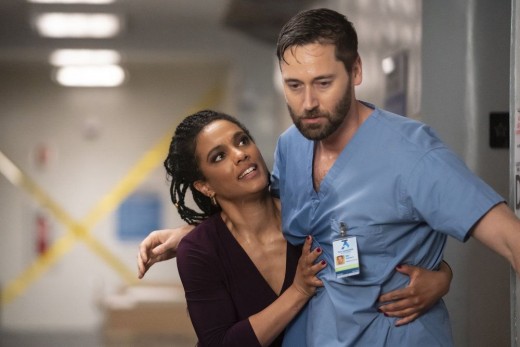
1. For-Profit Healthcare
The most pervasive issue throughout the series is the clash between the hospital’s mission to serve the public and the financial realities of a for-profit healthcare system. Max's constant battle against bureaucracy, budget cuts, and profit-driven policies forms the core of the show.
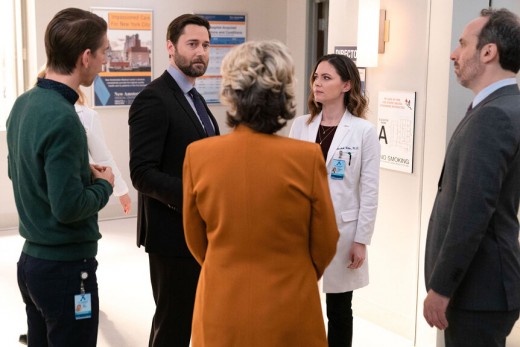
-
The Good Outcome: The show presents a fantasy of what's possible when the focus shifts entirely to patient well-being. Max's radical, unilateral decisions—such as firing the entire cardiology department and creating a patient-centered alternative—offer deeply satisfying, albeit unrealistic, victories. The message is clear: if we prioritize people over profits, we can create meaningful change. This narrative provides an aspirational model and raises awareness of the ethical dilemmas doctors face daily.
-
The Bad Outcome: The solutions presented are wildly impractical in the real world. A single individual cannot simply undo decades of systemic financial entanglement. The show often ignores the role of insurance companies, government regulations, and hospital boards that would immediately shut down Max's heroic but fiscally irresponsible plans. It frames complex, structural problems as issues of individual morality, suggesting that all it takes is a good person in charge to fix a broken system.
2. Mental Health Stigma and Access to Care
Dr. Iggy Frome’s character is the primary vehicle for discussing mental health. The series portrays the critical shortage of resources, the societal stigma, and the way mental illness is often dismissed or misdiagnosed in the medical community.
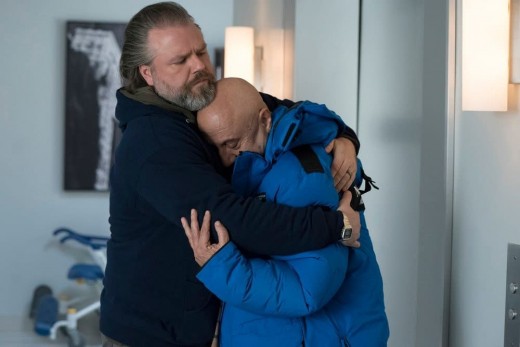
-
The Good Outcome: New Amsterdam humanizes mental health struggles, presenting them with the same seriousness as physical ailments. Iggy's innovative and compassionate treatments—from creating a group therapy session in a grocery store to advocating for his patients against powerful interests—showcase the potential of empathetic care. The show's portrayal of his own journey with an eating disorder and body image issues further destigmatizes the struggles of mental health professionals themselves.
-
The Bad Outcome: The solutions, while powerful on a personal level, do not scale. While Iggy helps many patients, the show doesn't effectively address the massive, real-world barriers to mental health access, such as the high cost of therapy, lack of insurance coverage, and the nationwide, or may be the worldwide shortage, of psychiatrists. The hospital's ability to fund a robust and often unconventional psychiatry department seems a far cry from reality, making the show's message feel more like a dream than a feasible blueprint for change.
3. Racial and Socioeconomic Disparities
The series consistently highlights how race and income dictate a patient's quality of care. It shines a light on implicit bias among medical staff, the lack of culturally competent care, and the deep-seated mistrust many minority communities have towards the medical establishment.

-
The Good Outcome: The show forces uncomfortable but necessary conversations about systemic racism within medicine. Dr. Reynolds, as a Black surgeon, confronts microaggressions and institutional barriers. Max's mobile "health bus" and outreach programs are a direct response to a system that fails to meet people where they are. These plotlines validate the lived experiences of marginalized groups and encourage viewers to recognize and fight for equity.
-
The Bad Outcome: The show’s solutions can feel like a superficial fix to a profound problem. A single health bus, while a great gesture, cannot dismantle the complex legacy of medical racism. The series often resolves these issues in a single episode, where a character's bias is confronted and they have a sudden change of heart. This understates the deep, institutional nature of the problem, suggesting that a simple conversation can solve a generational issue of inequity.
4. The Opioid Crisis
The opioid crisis is tackled through Dr. Lauren Bloom's personal journey with addiction. Her storyline illustrates the human cost of the crisis and challenges stereotypes about drug users.
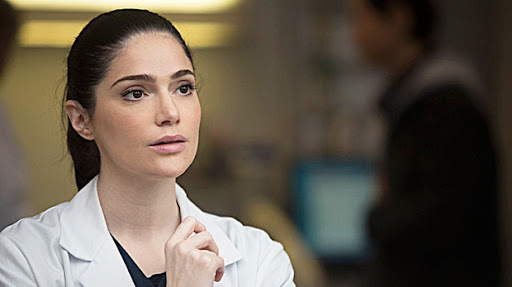
-
The Good Outcome: By centering a respected doctor's struggle with addiction, the show provides a deeply empathetic and destigmatizing look at the problem. It frames addiction as a disease, not a moral failing, and highlights the importance of recovery and support. Bloom's journey shows that rehabilitation is possible and that even those who seem to "have it all" are not immune.
-
The Bad Outcome: While the personal story is powerful, the show’s broader commentary on the opioid crisis is limited. It does not fully explore the role of pharmaceutical companies or the government's initial failures to regulate prescription drugs. The solution is largely confined to Bloom’s personal recovery and Max’s hospital-level policy changes, which do not address the large-scale, issues.
Character Development Tools
The series effectively uses a variety of tools to build and develop its characters, making them feel authentic and relatable.

-
Vulnerability and Trauma: The show is unafraid to expose the personal struggles and past traumas of its characters. Flashbacks are frequently used to provide context for their current behaviors and motivations, such as Max's grief over his wife's death or Iggy's childhood trauma. This vulnerability grounds their professional challenges in a personal reality.
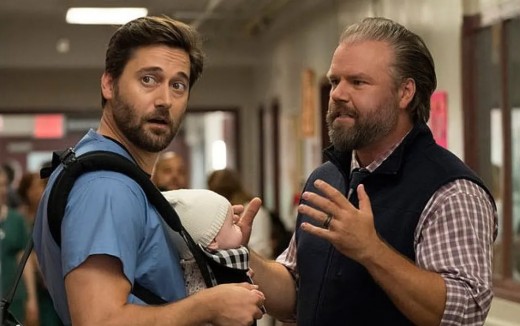
-
Interpersonal Relationships: The relationships between the doctors—both romantic and platonic—are central to their development. The dynamic between Max and Helen, the complex friendship between Iggy and Bloom, and the professional rivalry and respect between Reynolds and Bloom, all serve as mirrors for the characters' growth. They learn from each other's strengths and weaknesses, fostering an environment where they can grow.

-
Professional Challenges as Catalysts: Max’s radical, often challenging, reforms act as a catalyst for growth for the entire staff. They are forced out of their comfort zones, confront their biases, and rediscover their passion for medicine. This external pressure serves as a powerful engine for internal change.
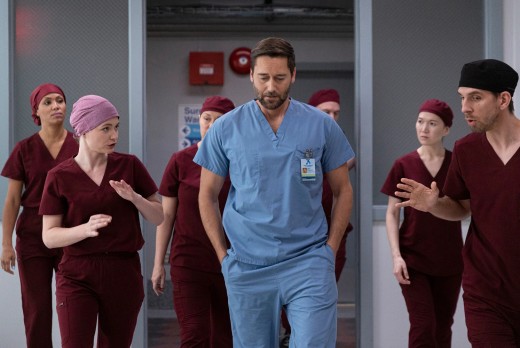
Characters' Names also have a Role to Play
The names of the main characters are not arbitrary; they often serve as thematic signposts for their personalities and arcs.
-
Dr. Max Goodwin: The surname "Goodwin" is arguably the most on-the-nose of the group. It directly aligns with his central mission: to do good. Max is a force of relentless positivity and a moral compass, constantly fighting against bureaucratic inertia to improve the lives of his patients and staff. His name is a constant reminder of his purpose and an embodiment of the show's core message.
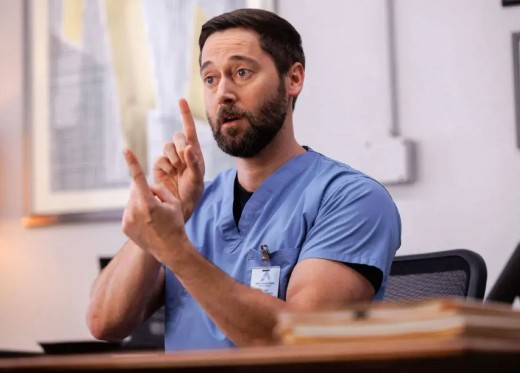
-
Dr. Helen Sharpe: The name "Sharpe" reflects Helen’s character with precision. She is sharp-witted, intelligent, and professionally sharp-edged, running the hospital’s oncology department with cold efficiency. Her character arc involves softening that edge as she reconnects with her empathy and emotional vulnerability, but her core intellectual acuity remains a defining trait.

-
Dr. Lauren Bloom: "Bloom" perfectly encapsulates the journey of growth and personal blossoming that Dr. Bloom undergoes. Starting with an arc heavily defined by her addiction, Lauren's story is one of recovery, self-acceptance, and finding her true potential. Her name suggests the slow, careful, and beautiful process of coming into her own after a period of being closed off.
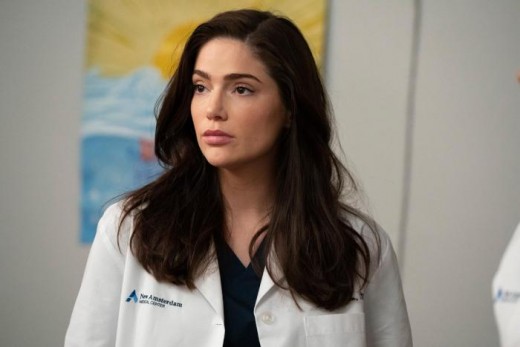
-
Dr. Iggy Frome: Dr. Frome's name can be interpreted as a nod to his core function: helping others understand where their emotional issues come "from." As the head of psychiatry, Iggy's work is all about uncovering the roots of mental and emotional struggles. His name subtly points to his role as a guide and an empathetic explorer of the human psyche.
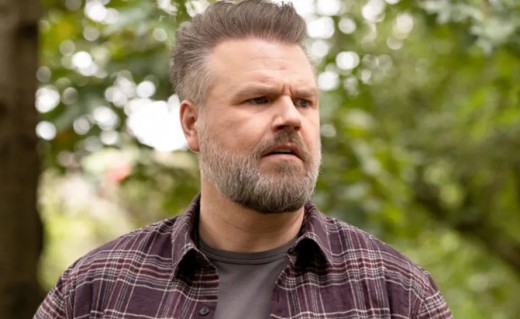
Medical and Technical Relevance
New Amsterdam has earned a reputation for being a feel-good medical drama that champions patient care and empathy over profits and bureaucracy. While its heart is undoubtedly in the right place, a critical examination of its medical and technical accuracy reveals a significant gap between the show's idealistic narrative and the complex realities of modern healthcare. The series often simplifies intricate medical problems and hospital administration to create emotionally satisfying, but highly unrealistic, scenarios. The show is not to be viewed as a realistic depiction of a hospital. It is a work of aspirational fiction that uses a medical setting to explore themes of empathy, social justice, and the power of human connection. While it may fall short on technical and medical accuracy, its success lies in its ability to highlight real-world issues in an emotionally compelling way, encouraging viewers to ask, "How can I help?"
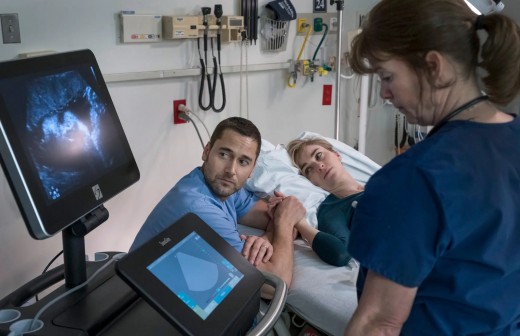
1. A Matter of Convenience
The medical accuracy in New Amsterdam is, at best, inconsistent. The show's primary goal is not to be a medical docuseries but to serve its narrative themes. The series does well in its portrayal of common medical conditions and the basic diagnostic process. It uses plausible medical jargon, and many of the patient-of-the-week storylines are based on real health problems. The show also shines a light on often-overlooked public health issues like vaccine misinformation, addiction, and the challenges faced by veterans, grounding its stories in genuine societal concerns. However, the show frequently relies on the "medical miracle of the week" trope. Doctors often arrive at a complex diagnosis in a matter of minutes, based on a single piece of evidence. Rare or obscure diseases are discovered with unrealistic ease, and treatments that would normally take weeks or months are implemented and concluded within a single 45-minute episode. This creates an overly optimistic and misleading view of medicine, where a dedicated doctor can solve nearly any problem with a moment of brilliant insight. Herein, the series consistently undersells the time, collaboration, and resources required for even a simple procedure, let alone a life-saving one.
2. Heroism over Humanity
The doctors in New Amsterdam are often portrayed as selfless heroes who operate on a singular mission to save lives, with little regard for the practical and personal pressures they face. Doctors like Max Goodwin and Helen Sharpe are depicted as living and breathing their jobs. They have an almost preternatural ability to be present for every major medical crisis and patient emergency, often running to different departments at a moment's notice. While the show does touch on issues like burnout (Dr. Frome) and addiction (Dr. Bloom), these problems are typically given a focused, episode-long arc and resolved in a way that feels too neat and clean for real-life struggles. The constant drama and heroic feats of the doctors in New Amsterdam are simply not sustainable or representative of the day-to-day work of most medical professionals. In reality, doctors' lives are governed by long, exhausting shifts, immense student loan debt, and an endless stream of paperwork and administrative duties. A significant portion of their time is spent on non-patient tasks, from charting and documentation to navigating complex insurance approvals. The emotional toll of their work is immense, and while some shows realistically portray this, New Amsterdam often glosses over the systemic issues that lead to high rates of physician burnout and suicide.
3. A One-Man Show
The series' biggest departure from reality is its depiction of hospital administration. The show operates on the principle that a single, charismatic leader can single-handedly fix a broken system. Max Goodwin, as the new medical director, makes radical changes on a whim. He fires entire departments, liquidates assets to fund new initiatives, and makes bold, expensive decisions without any apparent consultation with a hospital board, investors, or financial oversight. The hospital seems to be an entity entirely under his control, with seemingly infinite resources to implement his idealistic visions. This framework allows for a fun and emotionally resonant storyline but is a complete fantasy. A real hospital is a massive, highly regulated business. Any major change—whether it is hiring staff, purchasing new equipment, or changing a policy—requires multiple layers of approval, financial analysis, and legal review. Decisions are made by committees, hospital boards, and administrative staff with a keen eye on the bottom line. Max's actions, while well-intentioned, would likely result in lawsuits, bankruptcy, and his immediate termination. The show’s portrayal simplifies a complex bureaucratic organism into a simple ethical battle between a good man and a flawed system, which fundamentally misrepresents the challenges of healthcare administration.
"New Amsterdam" vs. Three Major Medical Dramas
Medical dramas have been a staple of television for decades, but each series offers a distinct take on the world of medicine. While they all use the hospital as a backdrop for human drama, their central themes, narrative structures, and character archetypes vary significantly. Comparing New Amsterdam to other major shows reveals what makes it both a unique and, at times, controversial entry in the genre. Before we delve deeper in comparing it with three major trailblazers, Grey’s Anatomy, or House, M.D., or ER, we must realize that New Amsterdam occupies a unique space in the medical drama genre: where it rejects the cynical realism of House and the relationship-focused narrative of Grey's Anatomy to forge its own path, its focus remains on big, social problems and the power of a single person to effect change. This aspect makes it a refreshingly hopeful, if sometimes unrealistic, show. It is less about how doctors work and more about how they could and perhaps should work, which is why it resonates so deeply with its audience.
1. "New Amsterdam" vs. "Grey's Anatomy"
-
Grey's Anatomy: The quintessential medical soap opera, Grey's Anatomy's primary focus is on the complicated personal and romantic relationships of its surgical residents and attendings. The hospital, Grey Sloan Memorial, functions as a crucible for personal growth and emotional turmoil. Medical cases often serve as a catalyst for these interpersonal dramas, and the show's enduring appeal lies in its long-running character arcs and the intricate web of relationships. It is a show about people who happen to be doctors, and its tagline could easily be "The personal is professional."
-
New Amsterdam: In stark contrast, New Amsterdam is a show of ideas. Its core mission is to critique and offer solutions to systemic problems within the U.S. healthcare system. Max Goodwin's mantra, "How can I help?", is the philosophical anchor. While there are personal relationships and emotional arcs, they are deeply intertwined with the show's overarching thematic concerns. The hospital is not just a setting; it is the central character, a broken system that Max is trying to fix. The show is about the act of healing—of institutions, not just of individuals.
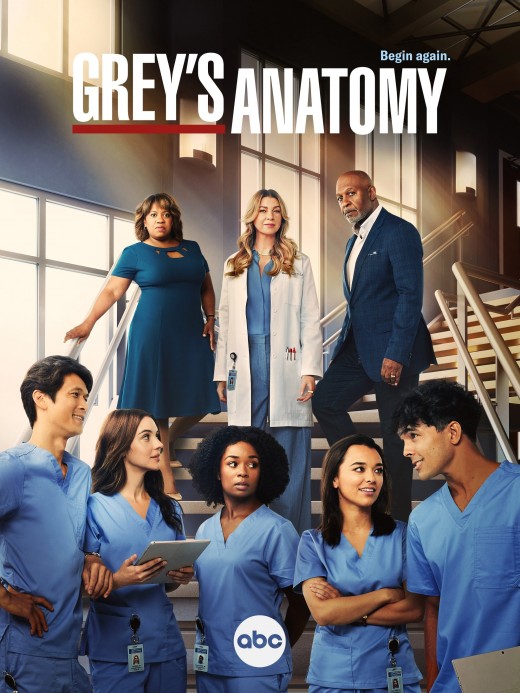
2. "New Amsterdam" vs. "House, M.D."
-
House, M.D.: This series is less a medical drama and more a procedural mystery in a medical setting. Dr. Gregory House is a misanthropic genius who views patients as puzzles to be solved. The show’s core tension comes from the intellectual challenge of diagnosing rare and complex diseases, with medical ethics and bedside manner often taking a backseat to the pursuit of the correct answer. The central theme is the fallibility of the human body and the brilliance of the human mind, but it is almost entirely devoid of the emotional warmth and idealism of New Amsterdam.
-
New Amsterdam: While New Amsterdam also features medical mysteries, they are always a means to an emotional or ethical end. The focus is on the patient's story and the compassion of the doctors, not just the diagnosis. Unlike Dr. House, Max Goodwin would fire a doctor who treated a patient like a puzzle, believing that human connection is as important as medical knowledge.
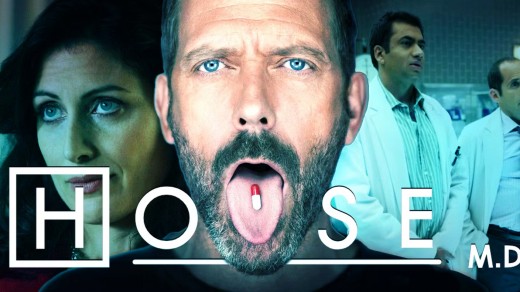
3. "New Amsterdam" vs. "ER"
-
ER: The benchmark for all medical dramas, ER was renowned for its realism, fast-paced intensity, and gritty portrayal of emergency medicine. It was an ensemble show that captured the chaos and constant pressure of a hospital emergency room. The show's aesthetic was defined by long, fluid camera shots, and its themes centered on the toll of the job, the thin line between life and death, and the daily heroics of ordinary people. It was often raw, shocking, and emotionally draining, aiming to put the viewer directly into the heart of the action.
-
New Amsterdam: While both shows tackle the immense pressure on hospital staff, New Amsterdam is far more stylized and optimistic. ER's realism is replaced by a more idealistic tone. Where ER showed the system failing and the doctors burning out, New Amsterdam shows Max fighting the system and, against all odds, winning. ER's heroism was a quiet endurance of a broken system; New Amsterdam's is a loud, active rebellion against it.
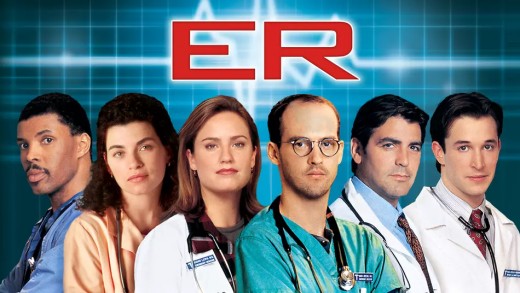
However, if you seek a dose of hope and a feel-good narrative that champions human kindness and social change, the idealism is an asset, but if you prefer gritty realism, genuine tension, and the complex exploration of flawed characters, it may be a drawback. New Amsterdam trades the deep, character-driven conflicts of shows like Grey's Anatomy for a clear moral argument, and the grittiness of ER for a powerful dose of optimism. It’s a bold choice that defines the series and makes it stand out from its peers.
The Finale
The ending of New Amsterdam provides a sense of closure while reinforcing the show’s central themes. The series concludes with a flash-forward, revealing that Max's daughter, Luna, has followed in his footsteps to become the new medical director of New Amsterdam. This cyclical ending suggests that the fight for a better healthcare system is not a single, finite battle but a continuous journey passed down from one generation to the next.
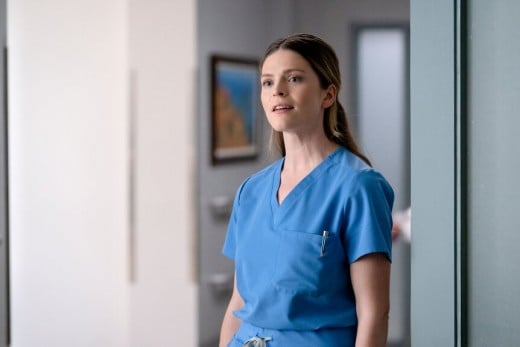
For Max, the ending is a culmination of his journey from a grief-stricken widower to a leader who has inspired lasting change. His legacy is not just the hospital’s improved infrastructure but the very ethos he instilled. The final scene, with Luna delivering the iconic "How can I help?" line, brings the series full circle. Nevertheless, the ending's optimism can be a point of critique. It suggests that all it takes to fix a broken system is one dedicated individual, which may oversimplify the complex realities of healthcare reform. Despite this, the ending is emotionally satisfying, giving each character a fitting conclusion to their personal and professional arcs while leaving the audience with a hopeful message about the future of medicine. It's a conclusion that prioritizes the show's core message over a more cynical, realistic outcome, and for that, it succeeds on its own terms.
This content reflects the personal opinions of the author. It is accurate and true to the best of the author’s knowledge and should not be substituted for impartial fact or advice in legal, political, or personal matters.
© 2025 Avais Jilani


